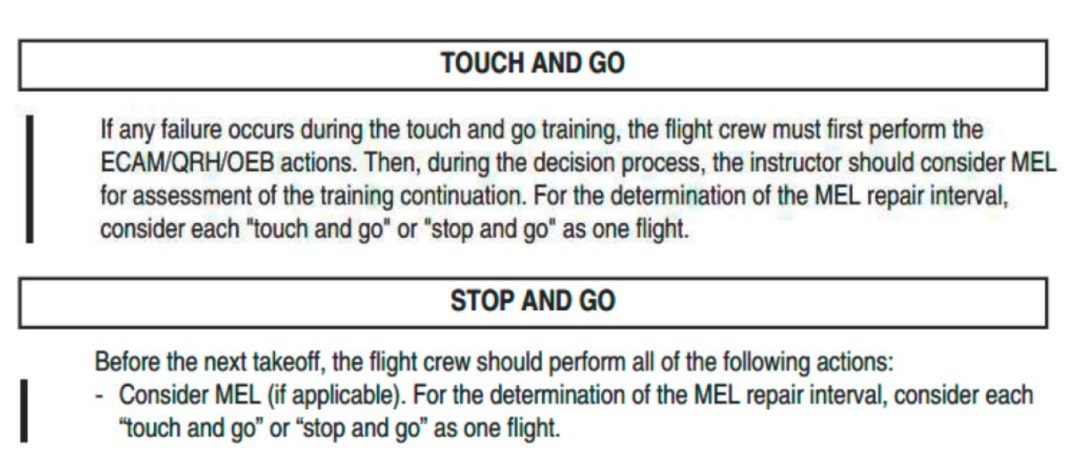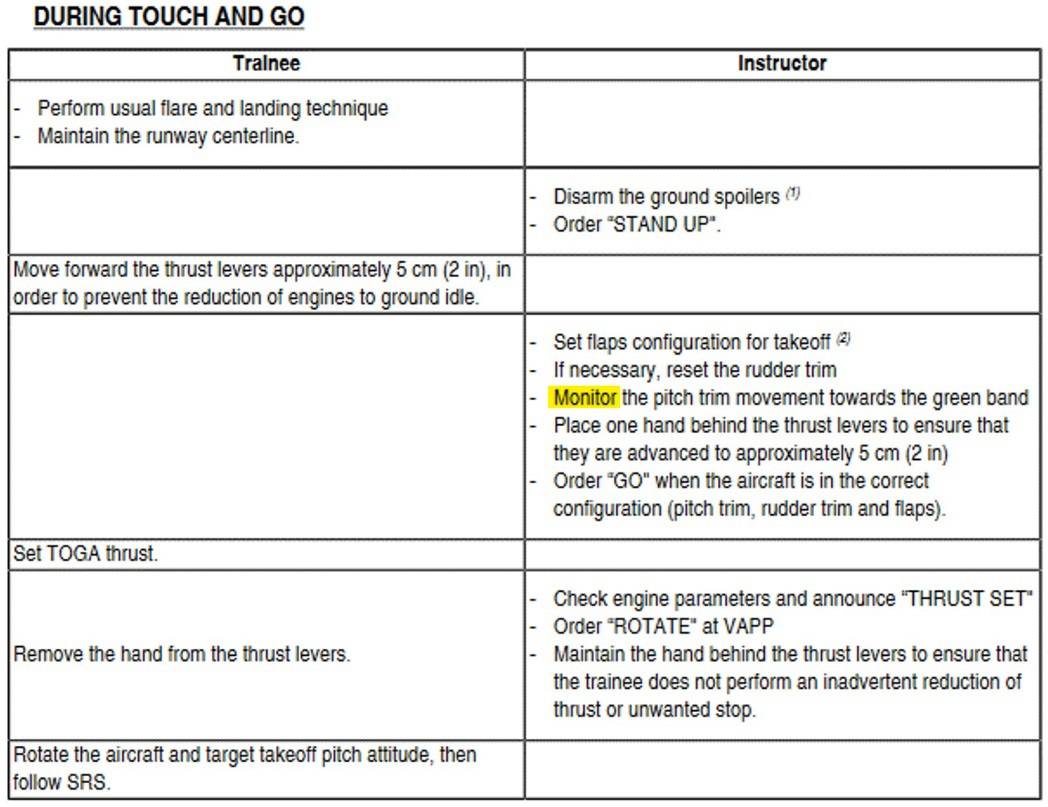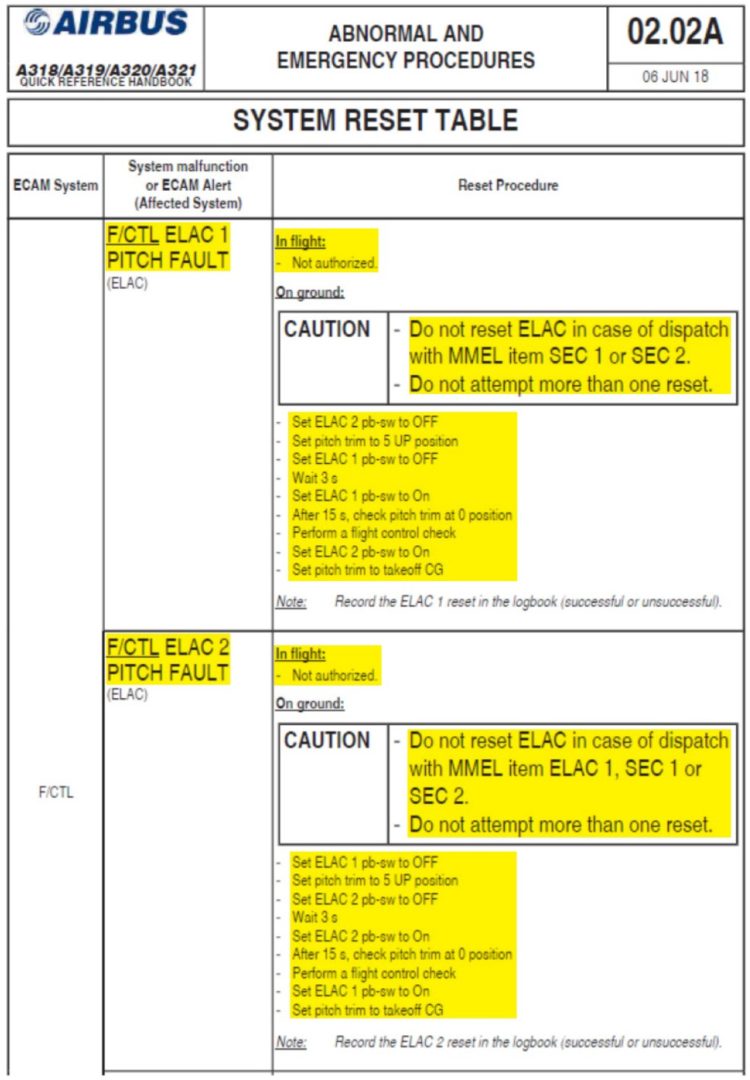These are the safety recommendations that the investigators issued, with regard to the loss of control of a Smartlynx Airbus A320 during a base training flight in Tallinn, Estonia.
1. Actions taken so far
1. The “touch and go” and “stop and go” training procedures in Airbus A320 FCTM have been modified in December 2018 with the following:


2. Following this event, Airbus has decided to be more restrictive in terms of ELAC reset following a F/CTL ELAC 1(2) PITCH FAULT ECAM alert in order to forbid multiple resets in flight. However, a review of the possible failure conditions leading to a F/CTL ELAC 1(2) PITCH FAULT ECAM alert has been performed and has demonstrated that in some specific conditions a subsequent ELAC reset could have adverse effects.
Airbus finally decided to totally forbid ELAC reset following a F/CTL ELAC 1(2) PITCH FAULT ECAM alert in flight and to restrict the number of ELAC reset to one if this alert triggers on ground with additional actions to ensure that the reset has been successful.
As a result, Airbus A318/A319/A320/A321 QRH System Reset table has been updated from 06.06.2018 with regard to ECAM alerts F/CTL ELAC 1(2) PITCH FAULT as followed:

3. Airbus has issued a Flight Operations Transmission (FOT) to all A318/319/A320/A321 operators about the renewed system reset table.
4. Airbus has initiated an ELAC software modification development for monitoring the THS during the THS Ground Setting phase (i.e. From 5 s after ground condition and THS back to 0o position). The aim of the modification is to mitigate the consequences of a non-detection of a manual takeover of the THS (the failure that caused the triggering of the ELAC PITCH FAULT).
The certification of the ELAC software improvement with a worldwide retrofit is planned for mid-2020.
5. Airbus has initiated a SEC software modification development to improve SEC COM/MON consolidation logics. The aim of the modification is to improve SEC robustness against landing gear bounce around logic triggering threshold (1 s) at touchdown.
The certification of the SEC software improvement is planned with the next upcoming SEC standard.
6. Smartlyx ATO OM has been modified with the following:
1.7 APPROVAL/ AUTHORISATION OF FLIGHTS
The following approvals/ authorisations have to be obtained before Flight Training on an Aircraft:
– aircraft with less than 1 (one) year of maintenance records with SmartLynx Estonia/SmartLynx Airlines cannot be used to conduct Base Training flights.
1.10.1 Duties and Responsibilities of Commander
Commander is responsible:
– To monitor the level of fatigue of all the crew members from the moment of the reporting time
1.10.1.1 Prior to Flight
Commander shall:
– Ensure an aircraft does not depart with any defect affecting airworthiness that has not been processed in accordance with the MEL/CDL. Moreover Base Training flights cannot be conducted if one or any combination of the following ATA defects are affecting the aircraft status, also if in accordance with MEL: (22) Auto Flight, (27) Flight Controls, (28) Fuel, (32) Landing Gear, (34) NAV Navigation, (70) Engines.
1.10.1.2 During the Flight
Commander can decide to stop the flight activity anytime due to:
- the level of fatigue of the crew members;
- the occurence of technical faults;
- the degradation of weather condition;
- increase of air traffic into airport CTR.
1.16 FLIGHT DUTY PERIOD AND FLIGHT TIME LIMITATIONS
1.16.2 Students
Flight Training on an Aircraft
When the student operates flight training on an aircraft, the following limitations shall be met:
- total block time as PF shall not exceed 3 hours
- flight duty period shall not exceed 10 hours
- the number of approaches and landings as PF shall not exceed 10
2. Recommendations
Although the loss of elevator control by SEC was primarily caused by the internal logic of the SEC units, the safety actions initiated by Airbus are prioritizing the modifications to ELAC. As the ELAC is the primary system for the aircraft pitch control, and the degradation to SEC is already a failure condition, the modifications to the ELAC prevent the ELAC PITCH fault to occur when the trim wheel is stopped on touch down and therefore reduce the risk of having ELAC PITCH FAULT and degrading the control to SEC.
ESIB is considering these safety actions proposed by Airbus to be proportional and sufficient to mitigate this risk to the required standard.
Additionally Estonian Safety Investigation Bureau recommends:
- Airbus to consider amending A320 maintenance program with procedures necessary to ensure that the condition OVM clutch unit is kept as per design throughout its whole life cycle.
- Smartlynx Estonia ATO to include in the ATO OM procedures clear definition of the role and the tasks of the Safety Pilot.
- Smartlynx Estonia ATO to modify the ATO TM with touch-and-go procedures accordingly to the Airbus FCTP.
- All Aviation Safety Agencies to ensure the compliance of training manual procedures for touch and go training, with the Airbus FCTP of the ATOs performing type rating training on Airbus A320 under their oversight.
- All Aviation Safety Agencies to promote the use of a Safety Pilot when performing flight training on complex aircraft. This accident has revealed the importance of the role of a Safety Pilot when handling abnormal situations during flight training.
To download the full investigation report from the original source, click HERE (download link).



